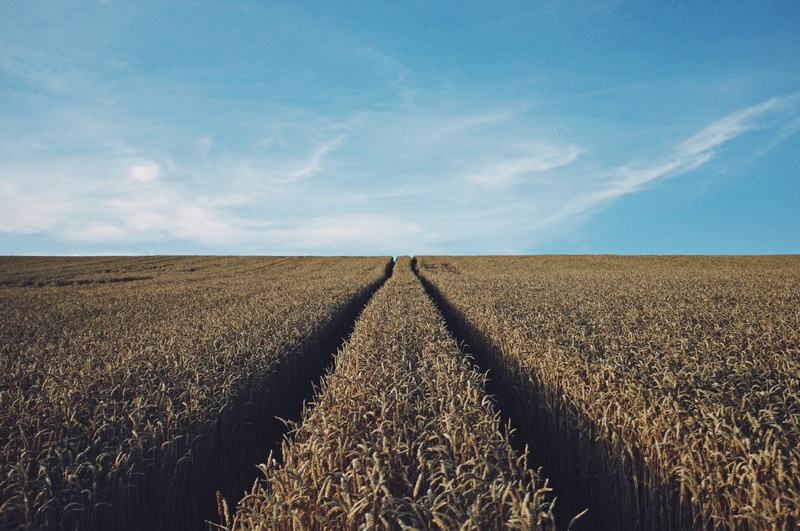By Dr. Cristian Dima, Lead of Advanced Algorithms, John Deere Intelligent Solutions Group
Agriculture is one of the most important industries in the world. Farmers need to feed, fuel, and clothe the growing population, which is expected to increase by 2 billion people in the next 30 years, raising the global food demand by 50 percent.
Not only is rising food demand a challenge, but the industry also has a worker shortage. In the United States alone, 58 million fewer people were employed in agriculture in 2019 compared to 2005, an 11 percent decrease.
With demands at this scale, farmers are increasingly turning to advanced robotics technology to get their jobs done more efficiently and sustainably.
Unlocking Automation
When it comes to agriculture, time is critical as farmers have very specific windows in which they must complete certain jobs. During the busiest times of the year – whether planting or harvesting – a farmer can find themselves in the cab of their machine for as many as 18-20 hours in a single day. These long hours make it difficult for even the most experienced farmer to concentrate the whole time.
Technology is used to automate certain tasks that require extreme consistency, like placing millions of seeds into the ground. Advanced robotics can take the burden off the farmer by completing this task with greater accuracy and precision than a farmer could do alone. From spacing the seeds an equal distance apart to ensuring the depth at which they are planted is optimal, robotics can help increase the chances that healthy plants are produced. While all this technology is at work, the farmer is able to focus on other jobs they need to do at the same time, ultimately increasing overall productivity.
In many instances, farmers have been some of the earliest technology adopters. Long before self-driving cars were a possibility, farmers were leveraging self-steering machines in the field. In combination with sensors, GPS and computer vision, robotic technology is automating the driving of farm machines.
Increased Precision
In addition to working within tight timelines, farmers must be extremely precise in each job. For example, once a seed has been planted, a farmer must apply nutrients and crop protection to encourage proper growth. However, variables like wind speed work against the farmer. With advanced robotics built into the sprayer, farmers can control exactly what and how much is sprayed on a plant, ensuring that each receives what’s needed.
In the future, computer vision will supplement this technology further so farmers can distinguish between crops and weeds to ensure that herbicide is only applied to the weed. Farmers are stewards of their land, so this technology will spray herbicides only where needed, with exactly what’s needed.
Solving the Labor Challenge
Robotics can help reduce eye and muscle strain, decreasing the chance of human error and enabling farmers to work faster and longer into the day. However, the benefits don’t stop there – robotics also opens the door to new workers with less experience because certain tasks can now be automated.
With an aging workforce and decreasing labor numbers, it’s critical that the agriculture industry attracts more workers. While many are surprised to hear it, agriculture is a tech-first industry and that awareness can help attract new audiences, be it younger or more tech-savvy workers who may not have thought about the farm as an option previously.
Where We’re Headed
In the future, equipment will become more automated or even fully autonomous, allowing the human operator to focus on other value-added tasks. Fully autonomous machines will have the ability to continuously operate in the field, while robotics will help perform tasks over these extended hours. Now and in the future, it’s critical for the agriculture industry to continue developing and utilizing advanced technology to address challenges on the farm because, in turn, this helps address the global food crisis. Everyone in the world needs to eat, and farmers are making it happen.










